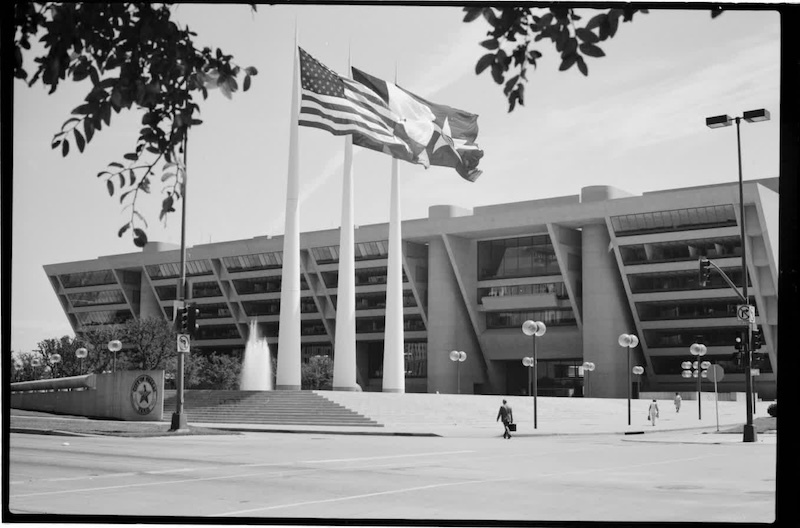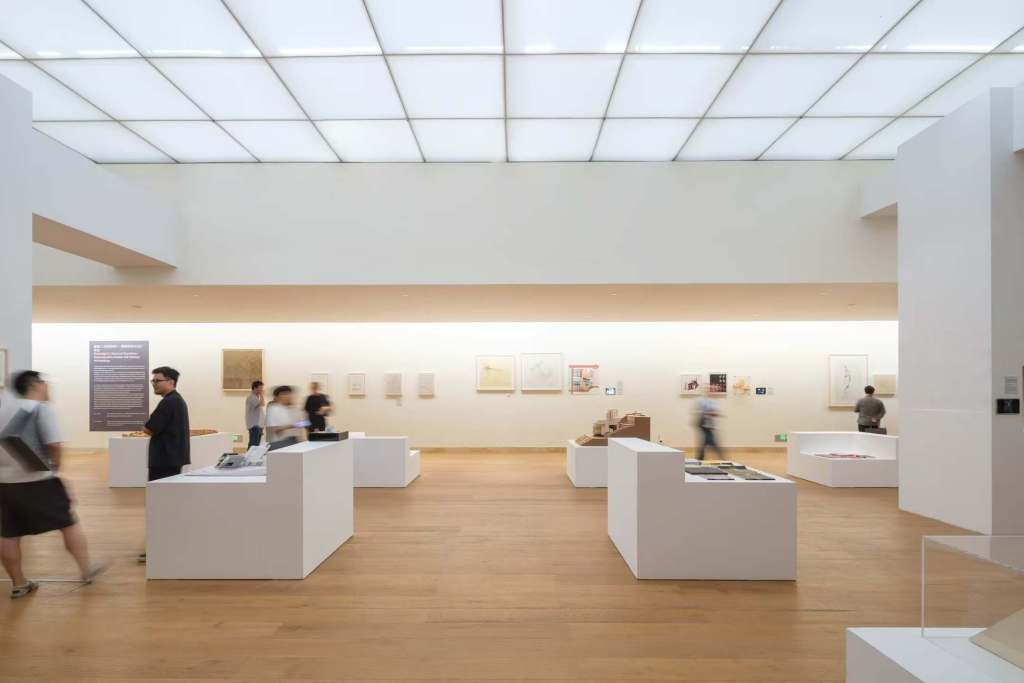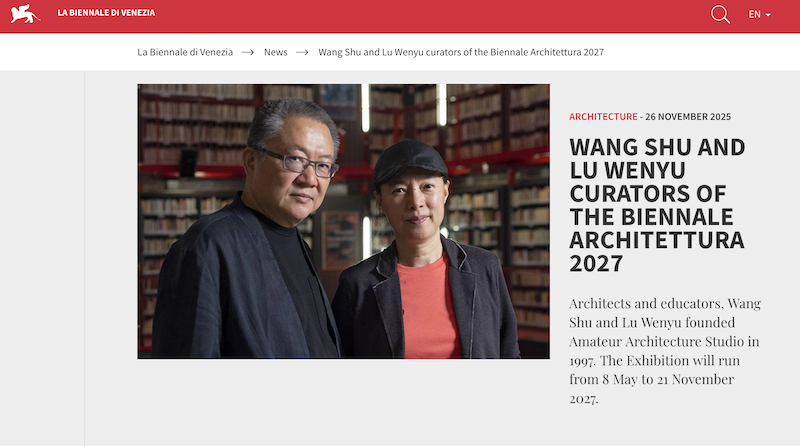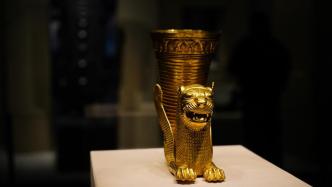
The Paper has learned that the "Glorious Persia - Essence of Iranian Cultural Relics Exhibition" hosted by the Palace Museum, Iran's Ministry of Cultural Heritage, Tourism and Handicrafts and the National Museum of Iran will open on January 11 at the East Wing Building Exhibition Hall of the Meridian Gate of the Palace Museum and will be held tomorrow Officially on display to the public. The exhibition brings together 216 cultural relics collected by many museums in Iran, showing the beauty of Iranian art from various aspects such as architecture, sculpture, ceramics, glass, metal, calligraphy and painting, and exploring the path of civilization development through integration and mutual learning.
Iran is located in West Asia and is an ancient civilization with a long history. Its prehistoric culture can be traced back to hundreds of thousands of years ago. The Achaemenid dynasty, Parthian dynasty, and Sassanid dynasty that were established successively have had widespread influence in the world. . In Chinese historical records, it was called "rest" during the Western Han Dynasty, and "Persia" after the Southern and Northern Dynasties. As a necessary place for exchanges between the East and the West, Iranian art integrates the cultural elements of different ethnic groups, has achieved world-renowned achievements in many fields, and influenced many countries and regions in Eurasia.
Li Qun, director of the State Administration of Cultural Heritage, delivered a speech at the opening ceremony, saying that the holding of this exhibition will allow Chinese audiences to better understand ancient Persian civilization, more intuitively experience the long-term exchanges and mutual learning between Chinese and Iranian civilizations, and vividly witness the development of the two civilizations. "Historical Encounter". Ali Darabi, Deputy Minister of Iran's Ministry of Cultural Heritage, Tourism and Handicrafts, said that Iran and China have a long history of cultural exchanges, and museums have played an important role in preserving and displaying human civilization and promoting peaceful development. They are the key to exchanges between countries. link. Iran not only pays attention to its own cultural heritage, but also pays attention to the cultural heritage of other countries and nations. This exhibition will help enhance cultural understanding between the two countries and promote the in-depth development of cultural heritage cooperation between Iran and China. It is an important step in strengthening cultural exchanges between Iran and China.

exhibition site
The exhibition is divided into two units: "Beauty of Tolerance" and "Connecting East and West", and brings together 216 cultural relics collected by many museums in Iran. From palace architecture to living room furniture, from palace treasures to daily utensils, from painting art to writing, through various cultural relics such as architecture, sculpture, ceramics, glass, metal, calligraphy, and paintings, the immortal charm of ancient Iranian art is displayed. It represents the glorious and magnificent material cultural heritage left by the ancient Persian civilization through exchanges and mutual learning.
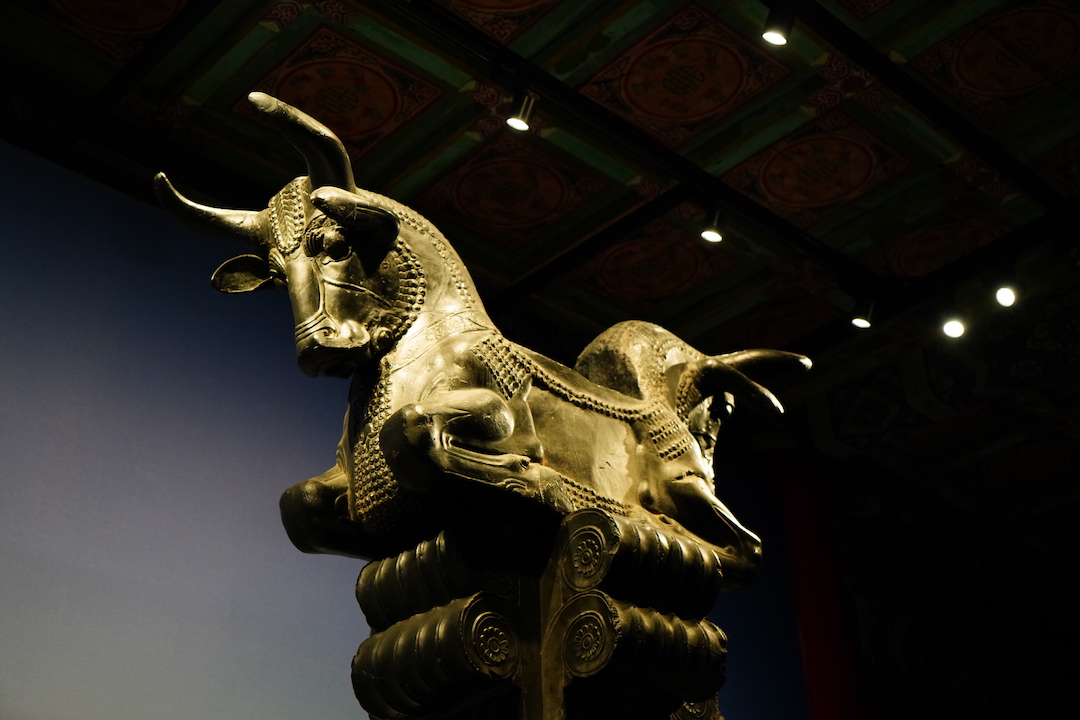
Exhibition site: Restored double-headed bull pillar
The Paper reporter saw in the exhibition hall that the beginning of the exhibition started with a two-headed ox pillar restored to full proportions.
The double bull-headed columns appeared in the palace ruins of Susa and Persepolis in the Achaemenid Dynasty. The column heads were formed by the front half torsos of the two bulls facing away from each other to form grooves to support the beams. They were connected to two pairs of scrolls facing each other, and then were decorated with palms. Leaf-type stigmas are accepted. Decorative grooves on the column. The base of the column has various decorative carvings such as lotus, papyrus or palm leaves. The complete column is 21 meters high. The main hall of the entire court (Apadana Palace) is 60.5 square meters, supported by 36 such pillars in 6 rows, and can accommodate tens of thousands of people at the same time.
Before the establishment of the Achaemenid dynasty, there were many kingdoms and ethnic groups on the Iranian plateau, including the Urartu and Mana people in the northwest, the Kassites in the west, the Elamites in the southwest, and the Medes who subsequently emerged. . The integration and symbiosis of multiple ethnic groups in a vast territory have laid the foundation for Iran's broad and inclusive cultural characteristics and art.
Decoration in early West Asian architecture
The emergence of cities is a symbol of the birth of civilization. As the cornerstone of cities, buildings not only meet people's living needs, but also are the spatial embodiment of ethnic culture. Around 8000 BC, adobe buildings appeared in western Iran. Since then, architectural structures have become increasingly complex and decoration techniques have become more diverse. Architectural decorations such as glazing, painting, and sculpture embody people's increasingly rich aesthetic pursuits.
Brick structure and central courtyard are two typical elements of West Asian architecture. They had been formed during the Iron Age. A large number of glazed bricks and painted bricks were found in the ruins of the Elamite culture's Choga Zambir temple, the ruins of the third phase of the Babayan palace of the Elipi culture, and the ruins of the Karachi palace of the Mana culture, which are not only beautiful but also strong.
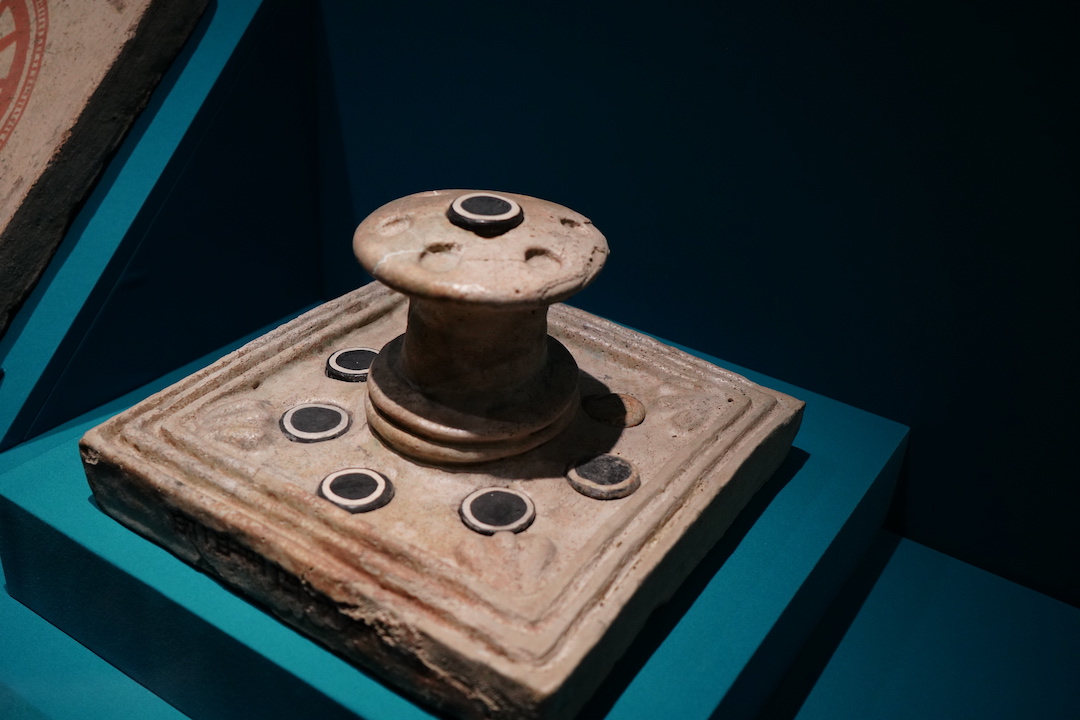
Glazed brick with king's name 1275-1240 BC
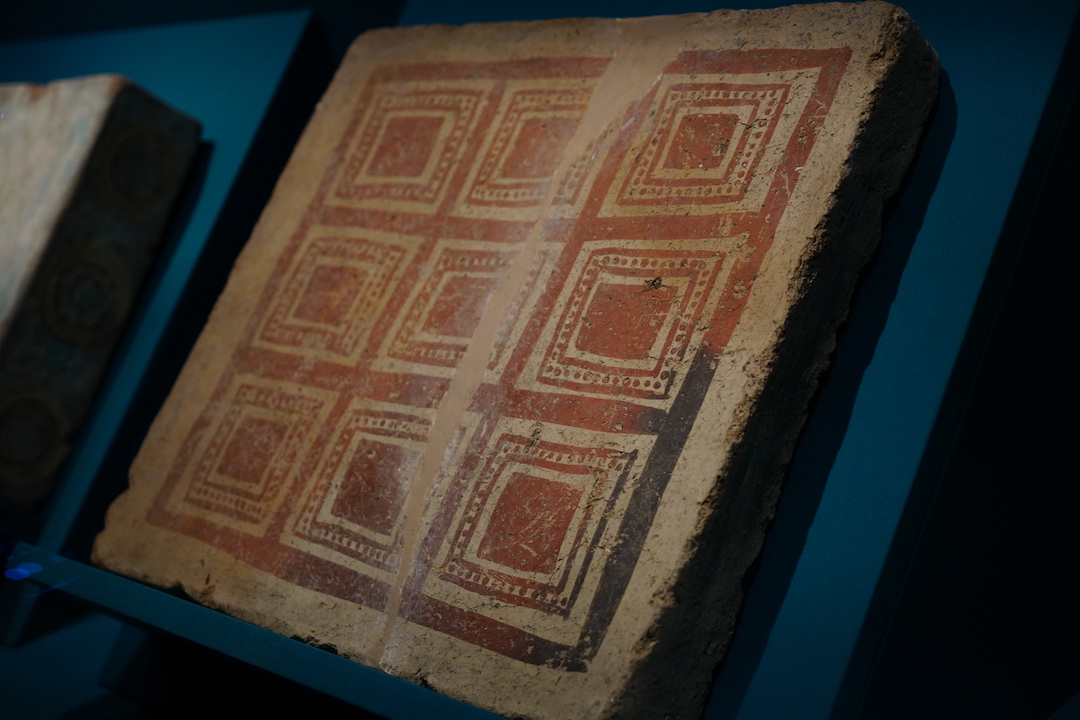
Painted bricks unearthed from the site of the third phase of the Babayan Palace of the Elipi Culture
Stucco is a building material composed of sand and gravel, water, and a binder such as lime or gypsum. It is often used as a coating on building facades. As early as the Neolithic Age, the ancestors of the Iranian Plateau had been using it. The Achaemenid palace at Persepolis and the late Parthian castle of Yazdiged both used extensive stucco panels. By the Sasanian Dynasty, the art of stucco panel decoration entered its heyday, with multi-level panel decoration combinations appearing.
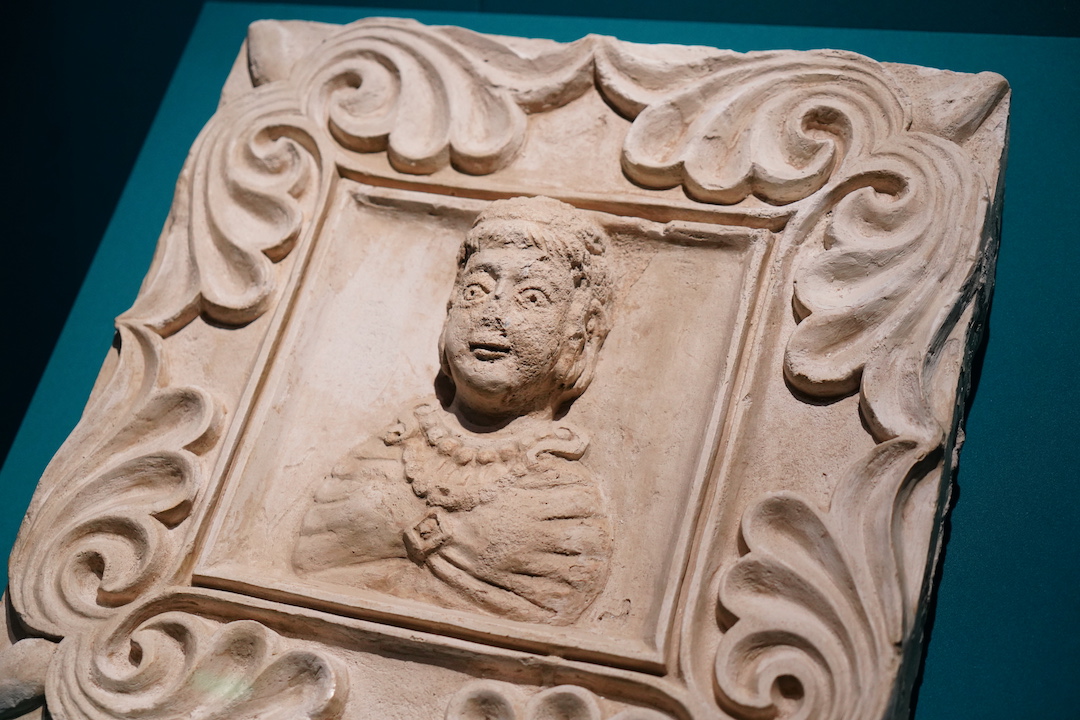
Sasanian stucco panels
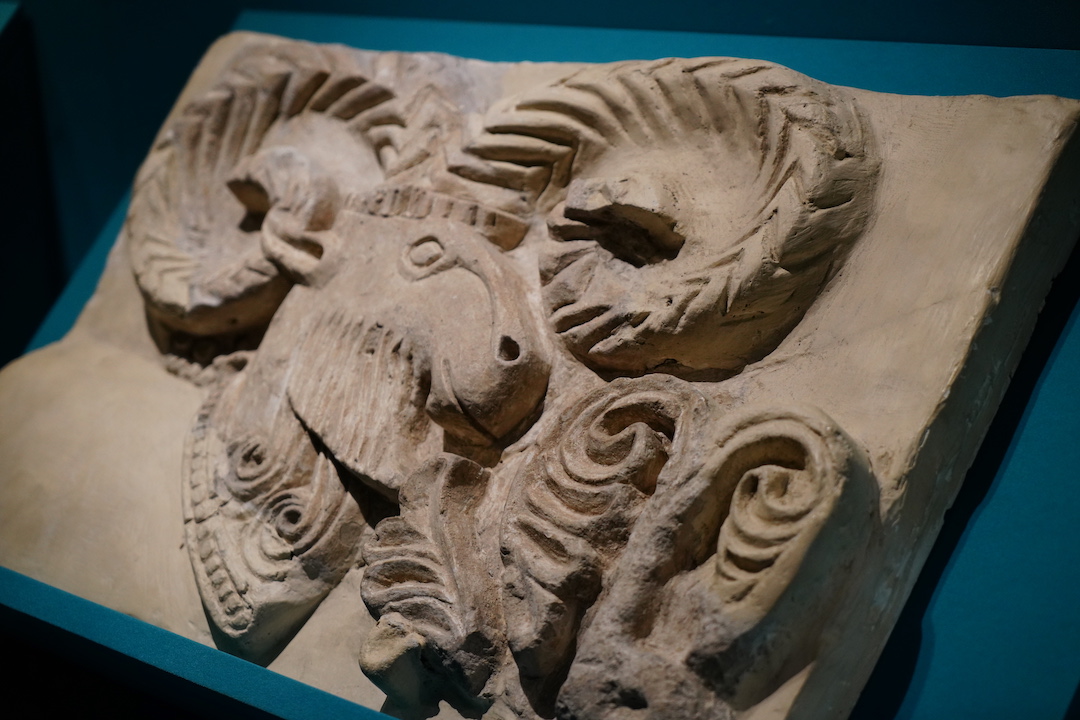
Sasanian stucco panels
The Takht Sulayman Palace, located in the volcanic region of northwestern Iran, was originally a Zoroastrian temple during the Sasanian period. During the Ilkhanate period, Abaha Khan built a summer palace on its foundation. According to archaeological discoveries, the site preserves a large number of Rasta glazed bricks and Rajwadina glazed bricks.

Rasta glazed tiles and Rajwadina glazed tiles
Colorful Iranian ceramics and glass
Iran has a long history of ceramic and glass production. 8,000 years ago, the earliest pottery in Iran was born in the Zagros Mountains, and production continued for thousands of years. About 3,500 years ago, under the influence of Egypt and Mesopotamia, glass technology appeared in Iran, laying the foundation for the subsequent production of glazed bricks and low-temperature glazed pottery.
There is a unique artifact in Iranian culture - Laitong. Laitong is the transliteration of the Greek "Putó", which generally refers to an angular wine glass with a mouth at the bottom. During the Iron Age, some animal-shaped pottery drinking vessels appeared in northern Iran, also known as "Laitong". The origin of Laitong remains to be verified, but Iran has made a great contribution to the spread of Laitong.
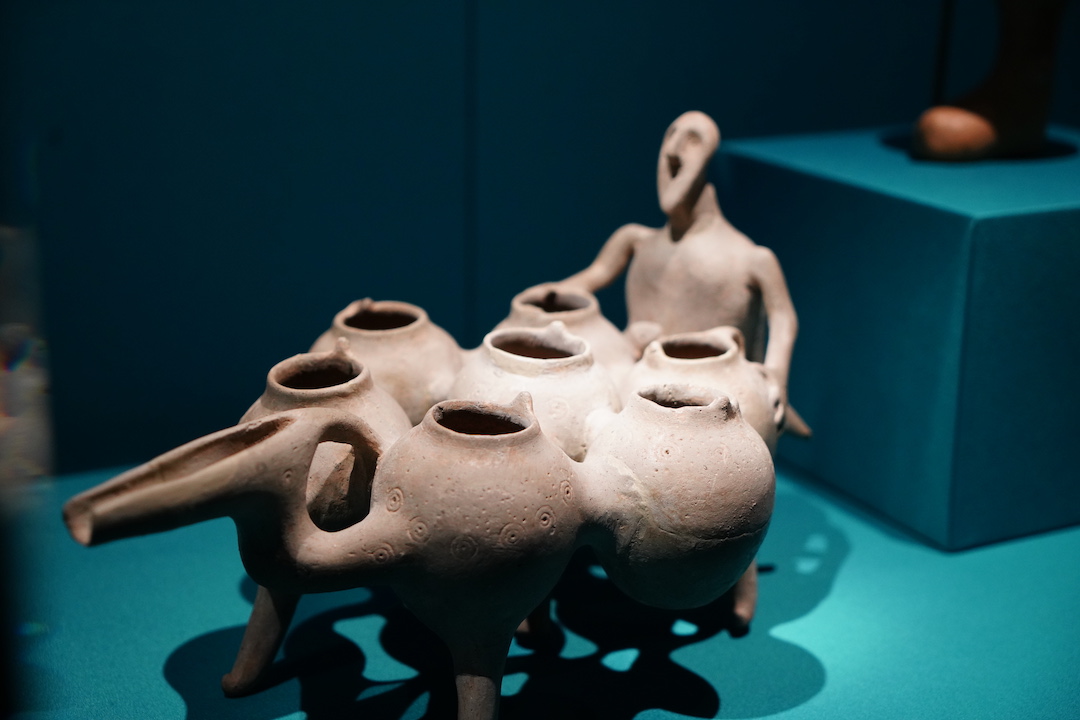
Combined pottery pottery from Laitong Kalulaz site, Iron Age III, Gilan Province, approximately 850 to 550 BC
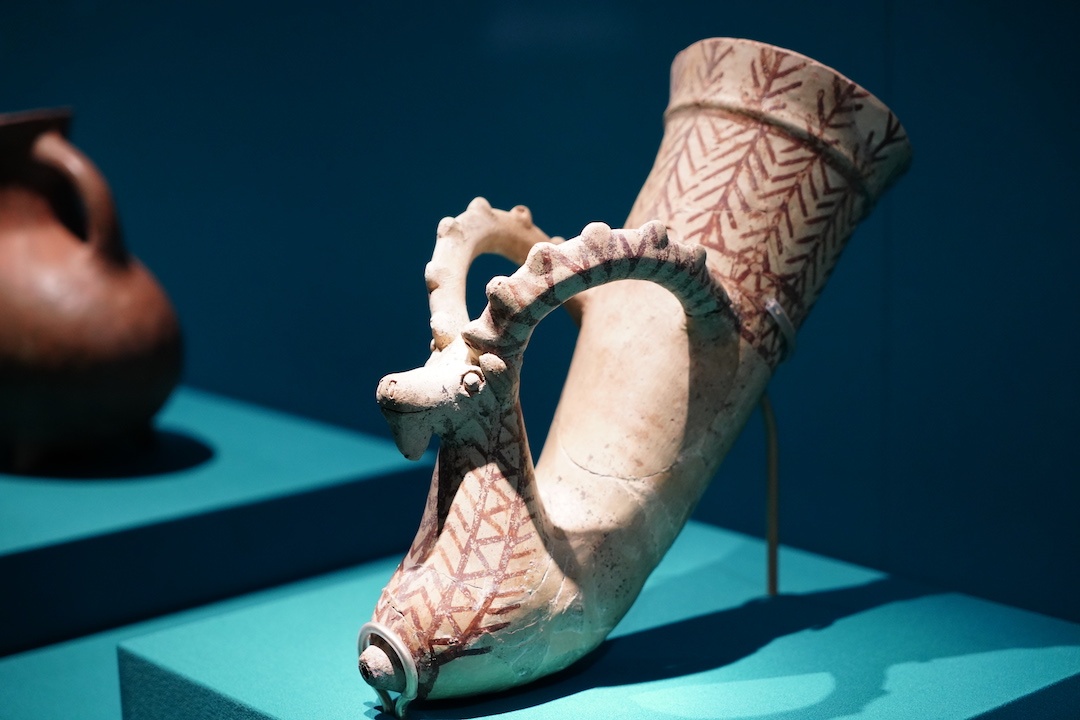
Sheep-headed pottery at Laitungwariran site, Parthian Dynasty, Tehran Province, late 2nd century BC to early 1st century BC

The Golden Winged Lion came to the Achaemenid Dynasty, Hamadan Province, 500 BC to 450 BC
Iranian glazed pottery can be traced back to the Median Kingdom in the 7th to 6th centuries BC. The rich variety of low-temperature colored glazes has continued into modern times, among which the famous peacock blue and malachite green glaze pottery entered my country in the Han Dynasty. The technique of using mud, make-up clay and other materials to fix the color of patterns has also flourished in Iranian glazed pottery decoration.
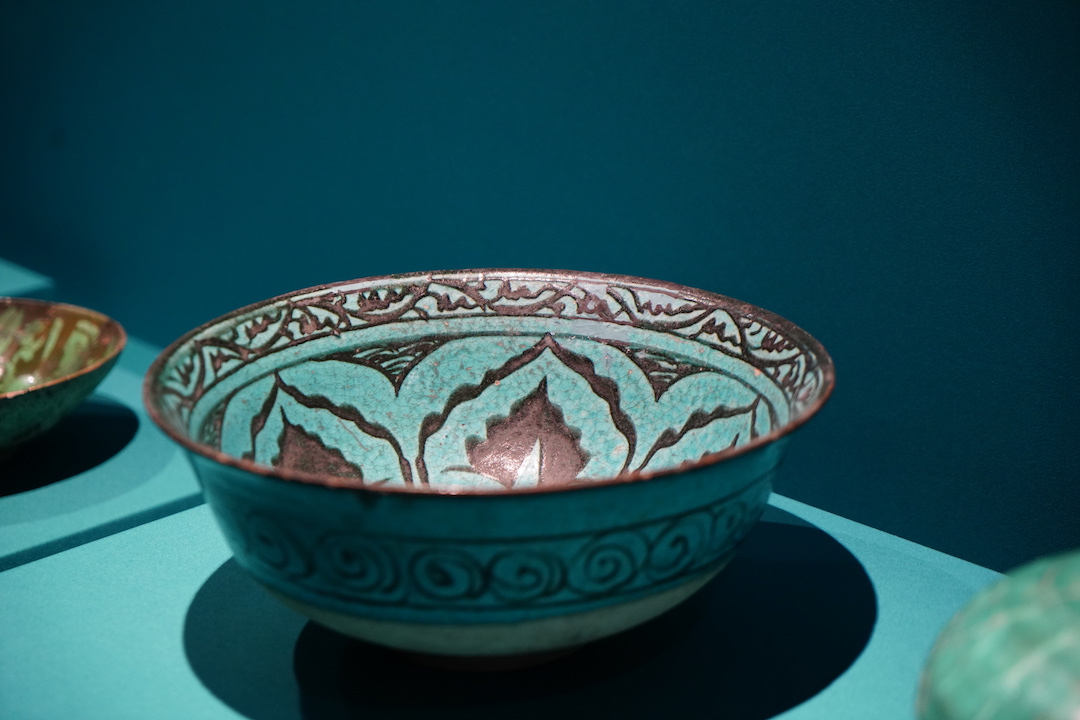
Blue-glazed earthenware vase circa 7th century AD

Blue-glazed earthenware vase circa 7th century AD
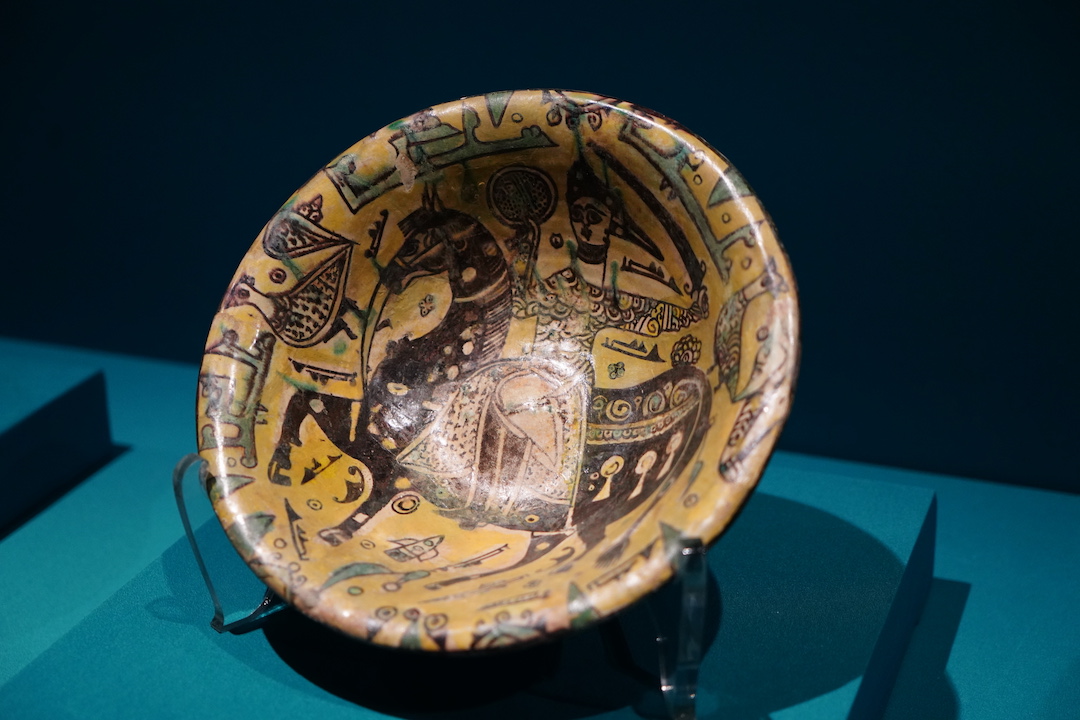
Mud-colored glazed pottery bowl with equestrian figures, Neshapur, Reza-Khorasan Province, early Islamic period, 9th-10th century AD
Lustreware, also known as "iridescent", is a glaze technology that is fired twice at a low temperature. During the second firing, a reducing atmosphere is used to form a layer of shiny metallic luster decorative effect. The earliest extant Rasta colors appeared in the Mesopotamia in the 9th century, and subsequently spread to many countries in North Africa and West Asia. Kashan, Iran, became the most important production center of Rasta paint at the end of the 12th century.
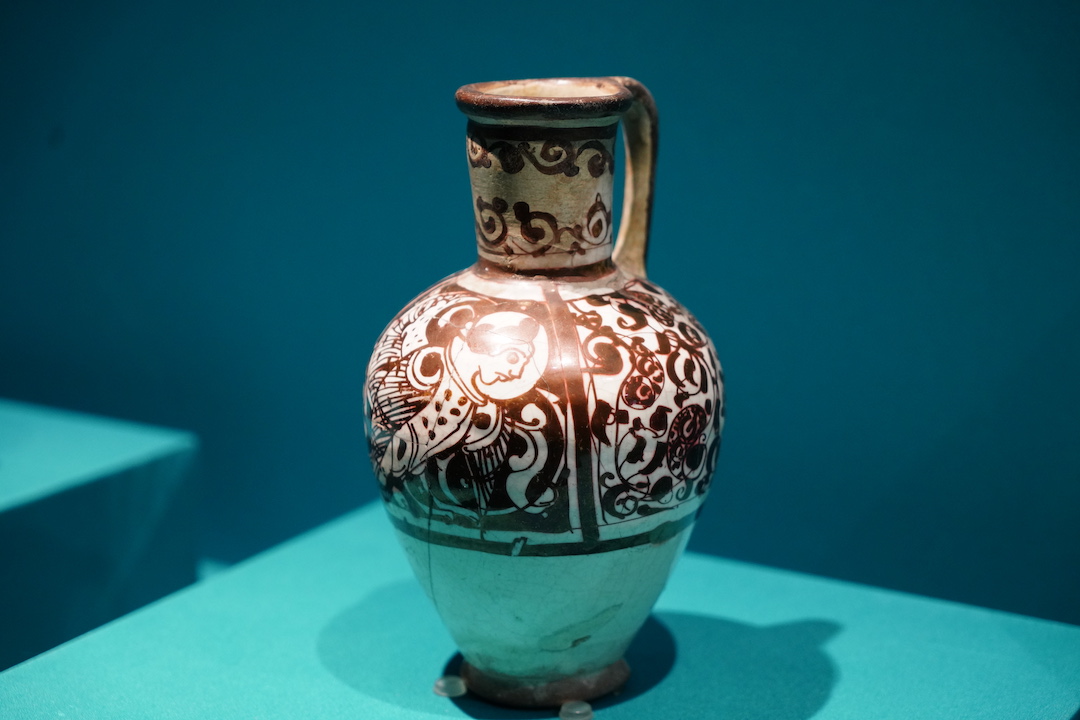
Iranian Rasta Colors

Iranian Rasta Colors
The production, processing and decoration technology of glass can be traced back to the ancient Roman period. Sasanian glass inherited its technology and developed a unique formula combined with West Asian high-alkali plant ash. The shape and decoration of the vessel highlighted Persian elements, laying the foundation for what would later be called "Islamic glass". "The basis of technology. Judging from the large amount of Sasanian glass unearthed in the Gilan area, faceted decoration and papilla decoration are the typical styles of Sasanian glass.
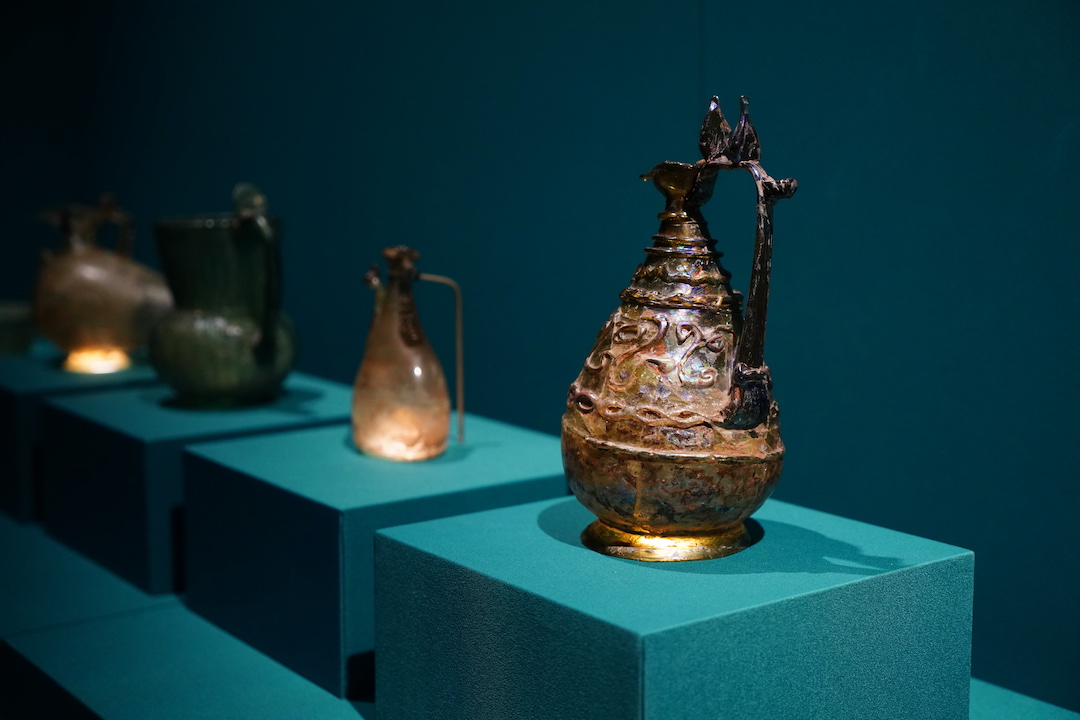
iranian glassware
Eye-catching bronze, gold and silver objects
Iran was an important metal smelting center in ancient West Asia. From about 4500 BC to 3300 BC, Iran entered the Chalcolithic era. Around 3750 BC - 3350 BC, the production of gold and silverware appeared. Metal smelting technology directly promoted the high development of civilization and expanded the territory of the dynasty.
The ancient Mana, Kashit and other ethnic groups in Iran were better at metal smelting technology than the Elamites. Many bronze artifacts have been found in Gilan, Lorestan and other areas. The bronzes they produced were of Elamite cultural style and were exported in large quantities to the Babylonian Kingdom in the West. Among them, the most eye-catching ones were bronze weapons, ornaments, etc.
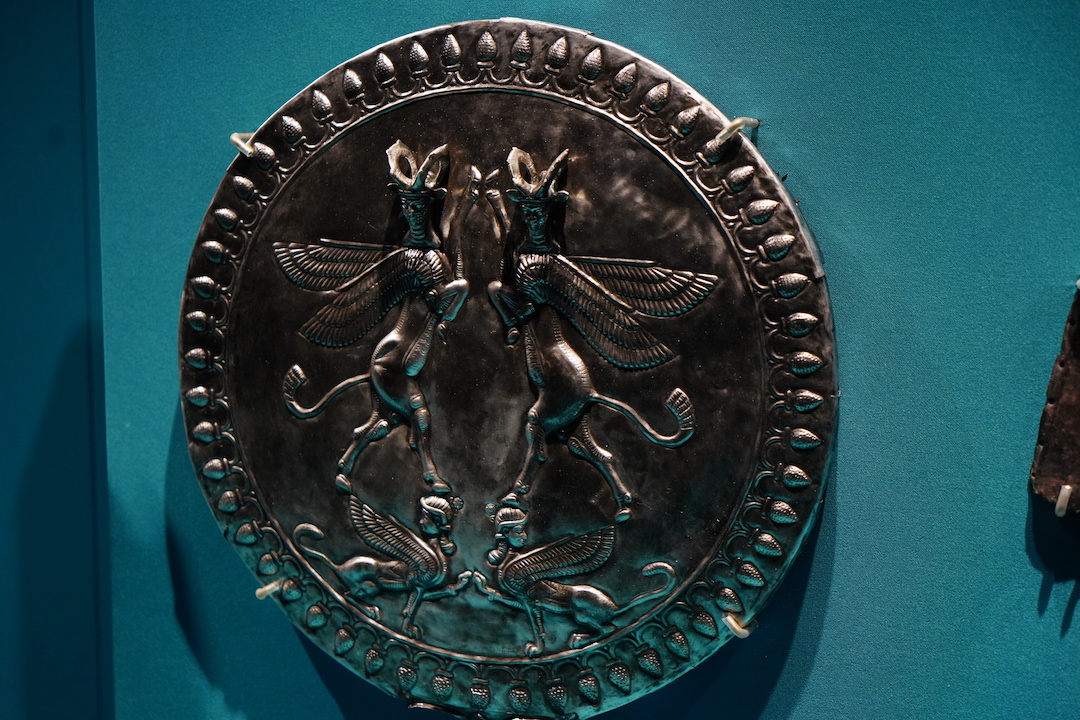
Bronze medallion with mythological animal designs, Karmacare, Lorestan Province, Iron Age III, circa 850-550 BC

Figure of the King on Horseback Gilt Silver Plate, Sasanian Dynasty, Northern Iran, 6th-7th Century AD
Processing artworks with gold and silver is also one of the highlights of Iranian art. Fine gold crafts such as gold millet, filigree, and inlay have taken root and blossomed in Iranian art very early. Lifelike animal images, colorful gemstones, and exquisite and wonderful utensil shapes express the diverse cultural connotations of ancient Iran.
The gold bracelet on display has a round black and white agate inlaid in the center of the front, and two concentric circles outlined with gold millet. There are two round blue agates inlaid on each side. The back half of the bracelet is a flower surrounded by gold beads. Decorated with a round agate, the middle one is engraved with the Elamite female name "A-Ni-Nu-M".
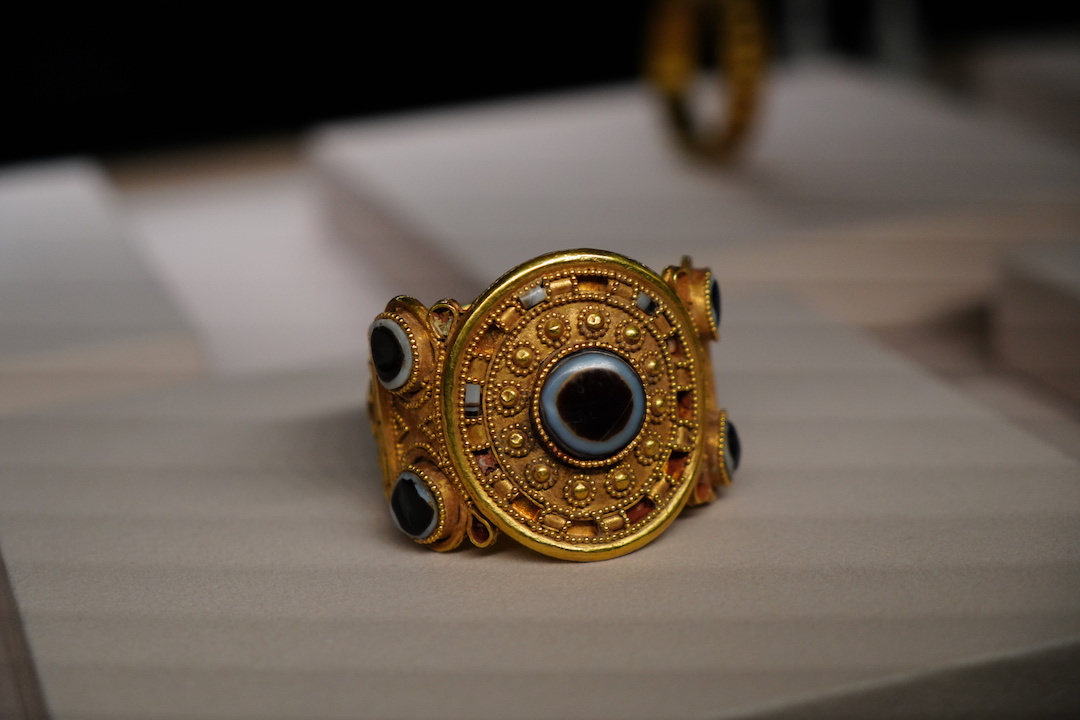
Onyx-inlaid gold bracelet from the Choubaj site, New Elamite period, Khuzestan province, circa 585-539 BC

A golden ram's head bracelet from the site of Chobaj, Khuzestan Province, New Elamite period, circa 585 to 539 BC
It is worth mentioning that no later than the early ninth century, Chinese porcelain was already known to the Persians, and porcelain from the Changsha Kiln and Xing Kiln of the Tang Dynasty was unearthed locally. After that, Chinese porcelain was continuously introduced to Persia in successive dynasties. Starting from the Safavid Emperor Abbas I, a large number of royal treasures were donated to the Adbil Temple, including exquisite porcelain from the Yuan, Ming and Qing dynasties of China. Porcelain from the East and Islamic-style architecture complement each other, creating a wonder in the history of world civilization exchanges.
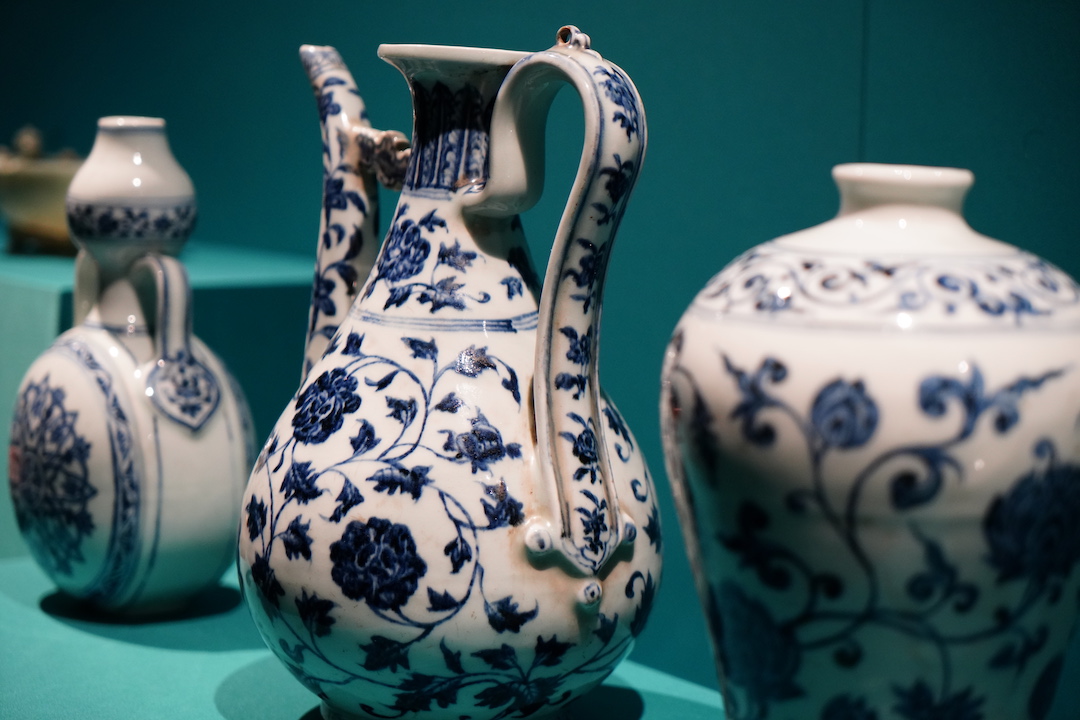
Chinese porcelain collected by Iran
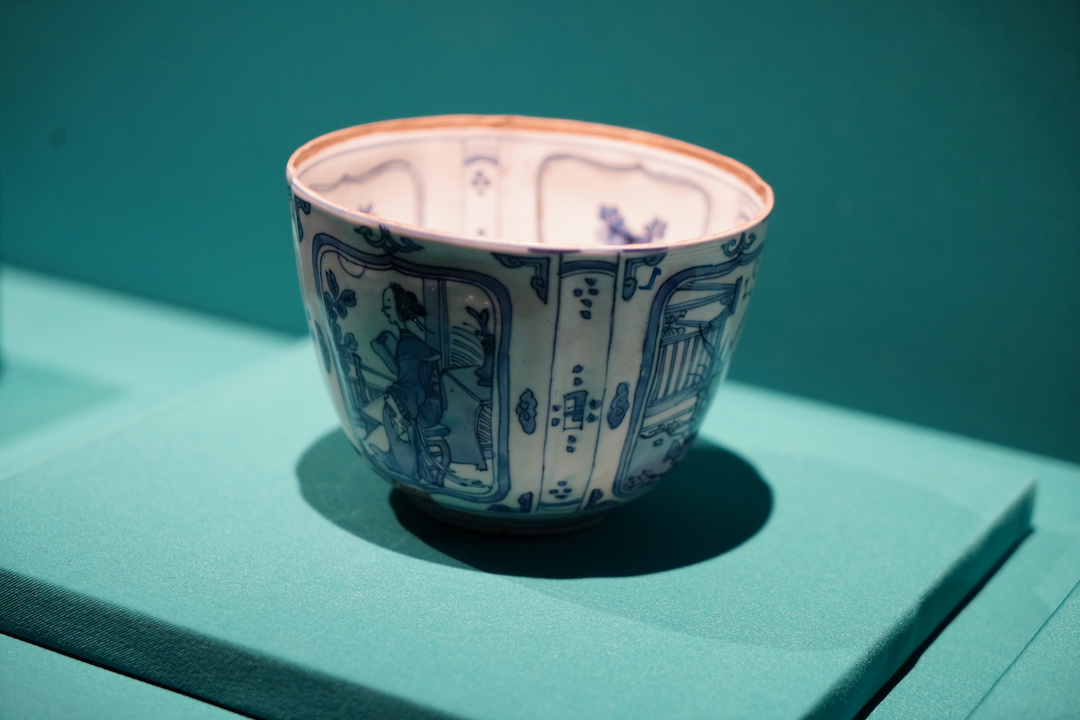
Chinese porcelain collected by Iran
The exhibition lasts until April 11.
